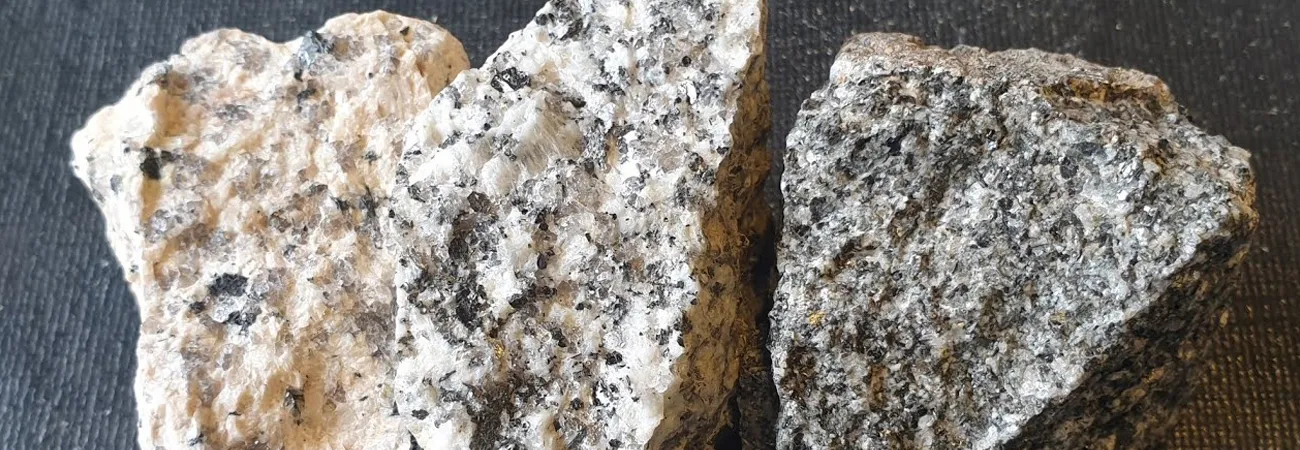i ECONOMY
Systematic exploitation and processing of diorite and its associated minerals/metals is important for creating a new value chain and sustainable livelihood source for the communities attached to the mining sector. This was underscored by Abdul Bashir, a geologist associated with a mining company based in Balochistan. Talking to WealthPK, he said that large mountains of diorite were formed wherever igneous activity occurred. “The occurrence of diorite indicates the presence of metallic minerals,” he added, saying in Pakistan, diorite deposits were mostly richer in metallic minerals than any other rock formation. “If metallic minerals are found to be 60% in granite, they are likely to be 80% to 90% in diorite. Commonly, diorite-associated minerals are feldspar, quartz or magnesium minerals.” He said these minerals had high industrial value, especially for high-tech industries. He added feldspar was an important source of alumina in glass and ceramic industries used as flux and a filler for adhesives, paints, sealants and plastics.
“Due to its high temperature-bearing nature, quartz is an important ingredient in glass and ceramic industries to glaze different items and to manufacture glass instruments, connectors, pipes, valves and a lot of other products,” he explained. He said diorite occurred in Reko Diq and Saindak in the Chagai district of Balochistan. “Diorite is also found in the Ras Koh Mountain Range, and in rather lesser quantities in Wadh, Khuzdar, Muslim Bagh and Zhob, and Waziristan in Khyber Pakhtunkhwa." Bashir called for framing a compact policy to tap diorite reserves and associated minerals, and setting up processing plants near the mining sites. He added that modern processing plants could provide a multitude of value-added products from different materials. He said technical assistance could be acquired from the countries that have mastered such technology. Highlighting the importance of minerals/metals occurring in the diorite lithology, Imran Babar, owner of Islamabad-based Amna Jade Gems & Carvings Company, informed WealthPK that diorite occurred in the form of sills or dikes.
“It is a group of coarse-grained intrusive igneous rocks –principally composed of biotite (black mica), pyroxene, hornblende, plagioclase feldspar and very limited quartz. Its other accessory minerals are magnetite, ilmenite, sphene, apatite and zircon. Diorite occurs in black, darkest grey, blue-grey or greenish colours with a hardness ranging between 5-6 on the Mohs Hardness Scale.” He said that commercially it was used in medium to light abrasive blasting applications, precast concrete, curbing, facing stone, dimension stone, cobblestone, drainage stone and to control erosion. “It is also used widely in construction of roads, buildings and parking areas as a building aggregate,” he added. Babar said extraction and value addition of diorite and associated minerals was necessary to make its mining more productive. He pointed out that absence of proper infrastructure hampered access to the mining areas. “Government patronisation is important for the country to avoid importing raw material consisting of diorite-associated minerals.”
Credit: Independent News Pakistan (INP)









